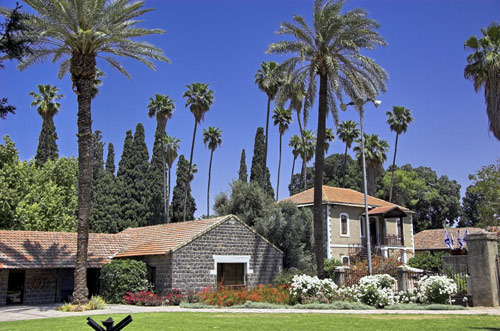This thriving and picturesque region in the North of Israel is the source of much of the precious water in the country, and where in historic times famous Jewish texts were written, Christianity was born, great medieval battles were fought, and great prophets and sages are buried.
The Region
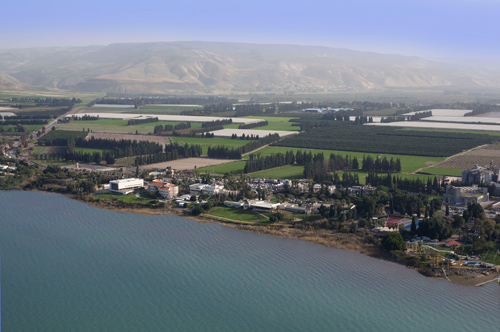
Kinneret College is located on the shores of Lake Kinneret – The Sea of Galilee – a meeting of fresh waters, spirit and knowledge!

From the north, the freshwater lake is fed by the Jordan River, which also flows out of the lake at its southern tip, at a picturesque site not far from the college campus.
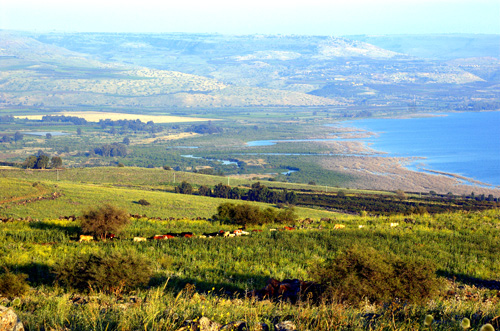
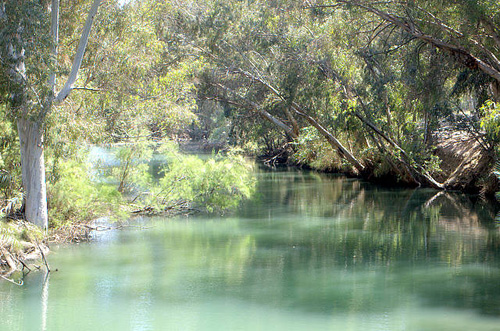
Water is Life – and Lake Kinneret is its main reservoir in Israel.
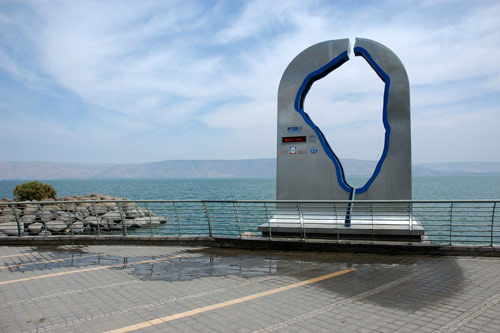
Lake Kinneret, more than 200 meters below sea level, and the surrounding hills, were born of dramatic upheavals and volcanic eruptions in the earth’s crust, many millions of years ago.
As a result, from the depths around the lake emerge rich, mineral water springs which fed ancient, therapeutic spas.
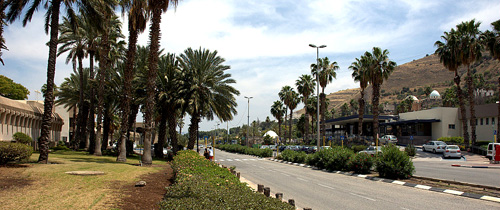
and still benefit bathers today at open sites and modern facilities, one of these on the road from Kinneret College to the town of Tiberias.
Ever since prehistoric times, the Kinneret region has attracted people to its abundant waters, warm climate and fertile land.
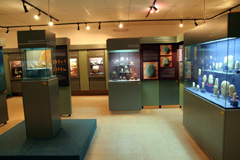
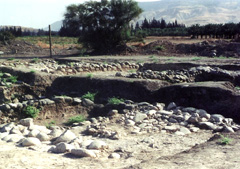
In the Bible, the Kinneret is mentioned as a prominent boundary between Canaanite kingdoms and later the Hebrew tribes of Menashe and Naftali.
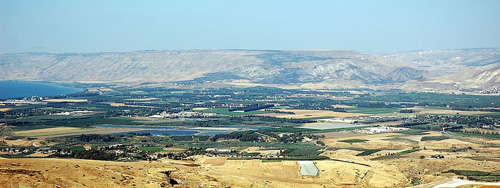
Today, Kinneret College is near where the borders of Israel, the Kingdom of Jordan and Syria meet, and hopes to develop contacts with neighboring academic institutions in those two countries.
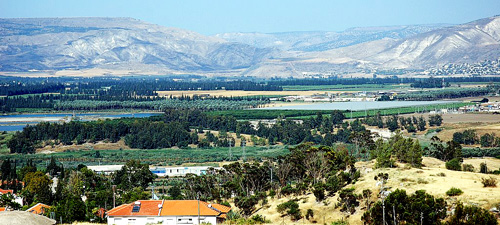
The importance of Lake Kinneret grew immensely when Tiberias was founded in Roman times on the western shores of the lake.
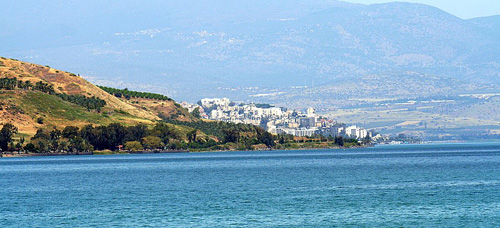
For several centuries the town became the center of Jewish life after the destruction of Jerusalem and the Temple during the Great Revolt.
Tiberias was the last meeting place of the Sanhedrin, the ancient Jewish High Court. It was where the great Rabbinical studies of the Jewish oral tradition were embodied into the written learning of the Mishna and the Jerusalem Talmud.
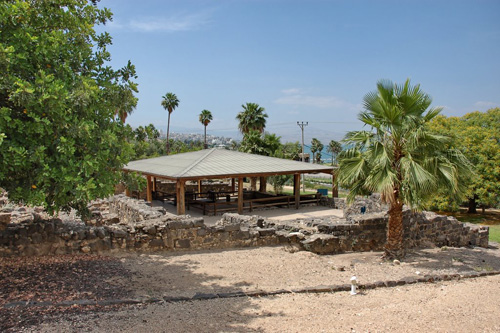

The Hebrew punctuation symbols, which help Jews to read their Bible and prayer books accurately, were invented in Tiberias, and from here they spread to Jewish communities throughout the world.
Tiberias is the burial place of Rabbi Moshe Ben Maimon, known as HaRambam or Maimonides, the great Jewish philosopher and physician of medieval times. Recognized by many as the greatest Jewish scholar of all times, the Rambam is an example for any higher educations institute of the integration of science and the humanities, humility and the spirit.
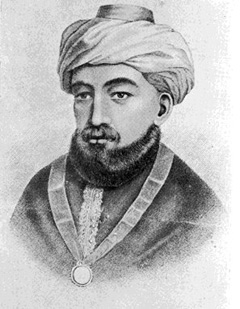
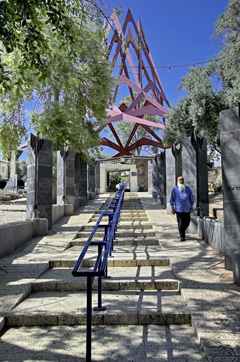
With the unique geography and rich history of the Kinneret region, it is no surprise that Tiberias today attracts so many visitors and tourists.
It is also the source of many students at the college.
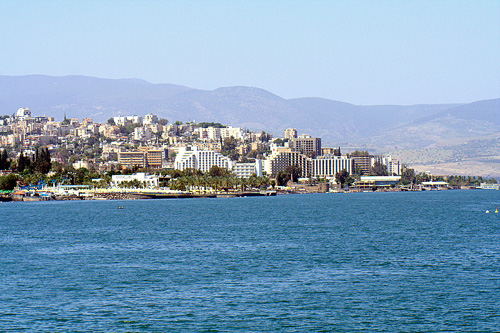
The Sea of Galilee is one of the holiest places for Christians world-wide. As related in the Gospels, this is where Jesus preached, inspired fishermen to be his apostles, walked across the sea, and performed many other miracles.
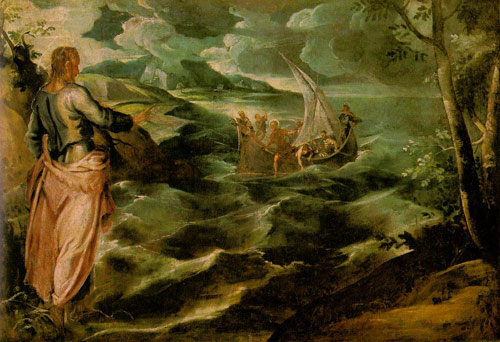
Christ at the Sea of Galilee: Tintoretto (Jacopo Robusti), Venice, c. 1575-80 National Gallery of Art, Washington.
The Mount of Beatitudes overlooking the northern shores of the Sea of Galilee is believed to be the site of the Sermon on the Mount, where Jesus expounded his principles and beliefs. The central importance of the Sea of Galilee to the early Christians inspired the establishment of many churches and monasteries on its shores. These include the Church of Tabha in the fourth century AD, where, according to tradition, Jesus performed the miracle of feeding thousands with five loaves of bread and two fish.
It was in the world-famous Jordan River, which feeds the Sea of Galilee from the north and flows out from it in the south, that Jesus was baptized, according to the New Testament. Pilgrims from all over the world flock to be baptized at a beautiful site close to the Kinneret College campus, where the Jordan flows out of the Sea of Galilee.
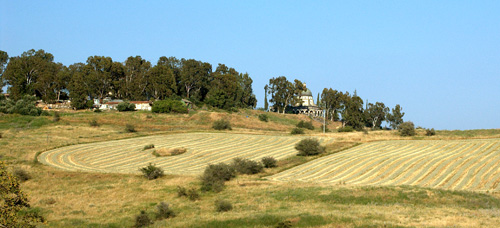
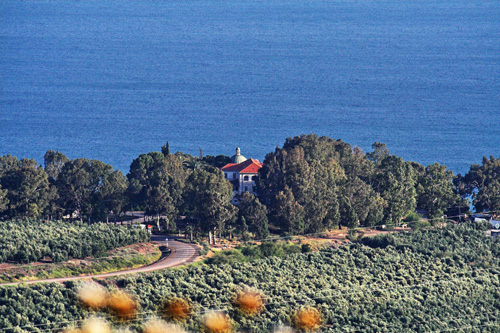
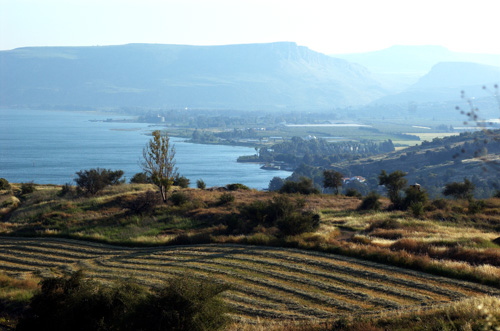
The Church of Beatitudes overlooking the Sea of Galilee.
The area surrounding Lake Kinneret (called in Arabic “Bahairat Tabariyya” – Lake Tiberias), has historical significance for Muslims too.
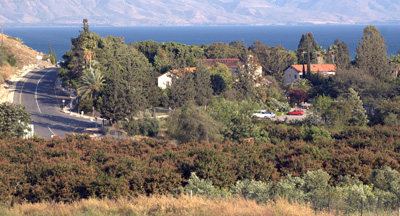
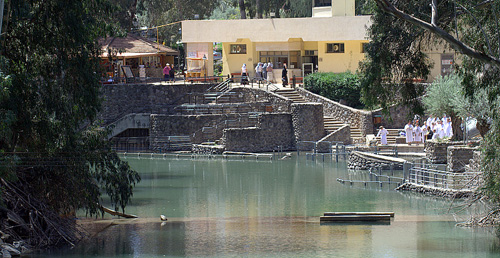
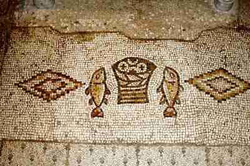

Here, in 1187 A.D, the great leader Salah al-Din won a decisive victory over the Crusaders in the battle at the Horns of Hittin overlooking the Lake – a defining moment in Middle Eastern history and in relations between the Christian West and the Muslim East.
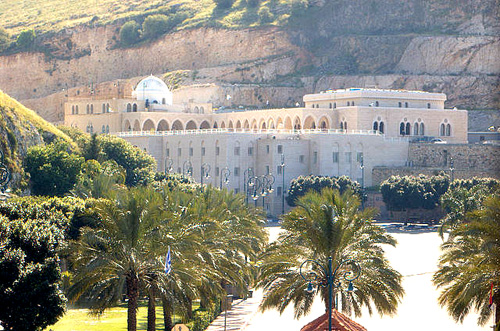
Also near Hittin is where the Arab Druze believe that the prophet Shu’eib, the founder of their religion is buried, not far from the lake. The Tomb of “Nabi (the Prophet) Shu’eib” is the focal point of the most important annual Festival and celebrations of the Arab Druze community in Israel.
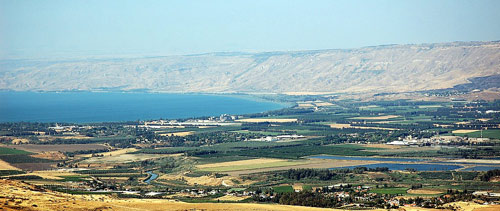
In more modern times, in the early 20th century, the southern shores of Lake Kinneret have been the birthplace of the world-famous communal Kibbutz movement. The first Kibbutz, Deganya, was founded here in 1910, followed by Kvuzat Kinneret in 1912, and dozens of other kibbutzim.
